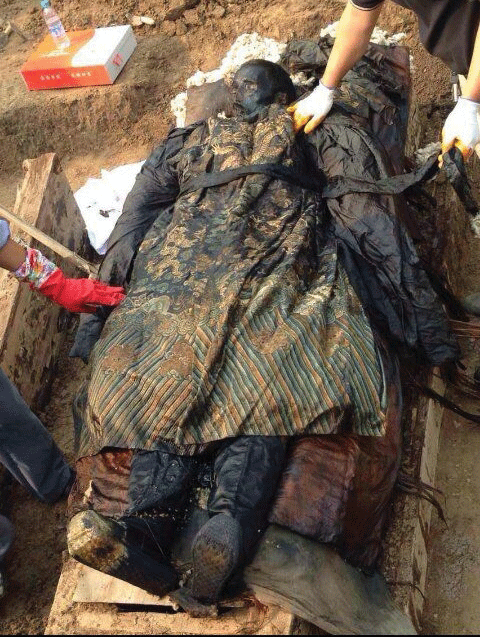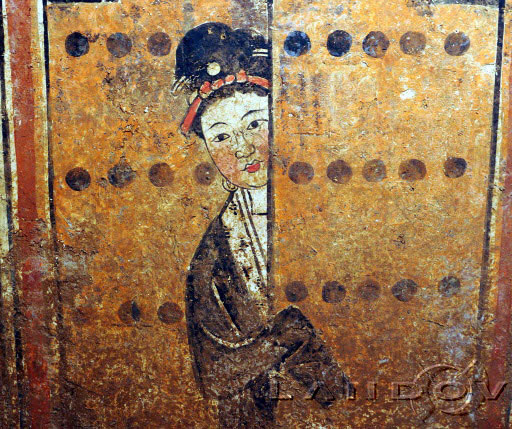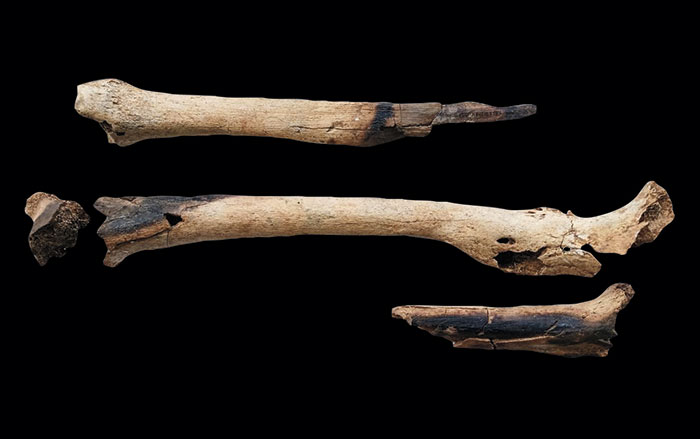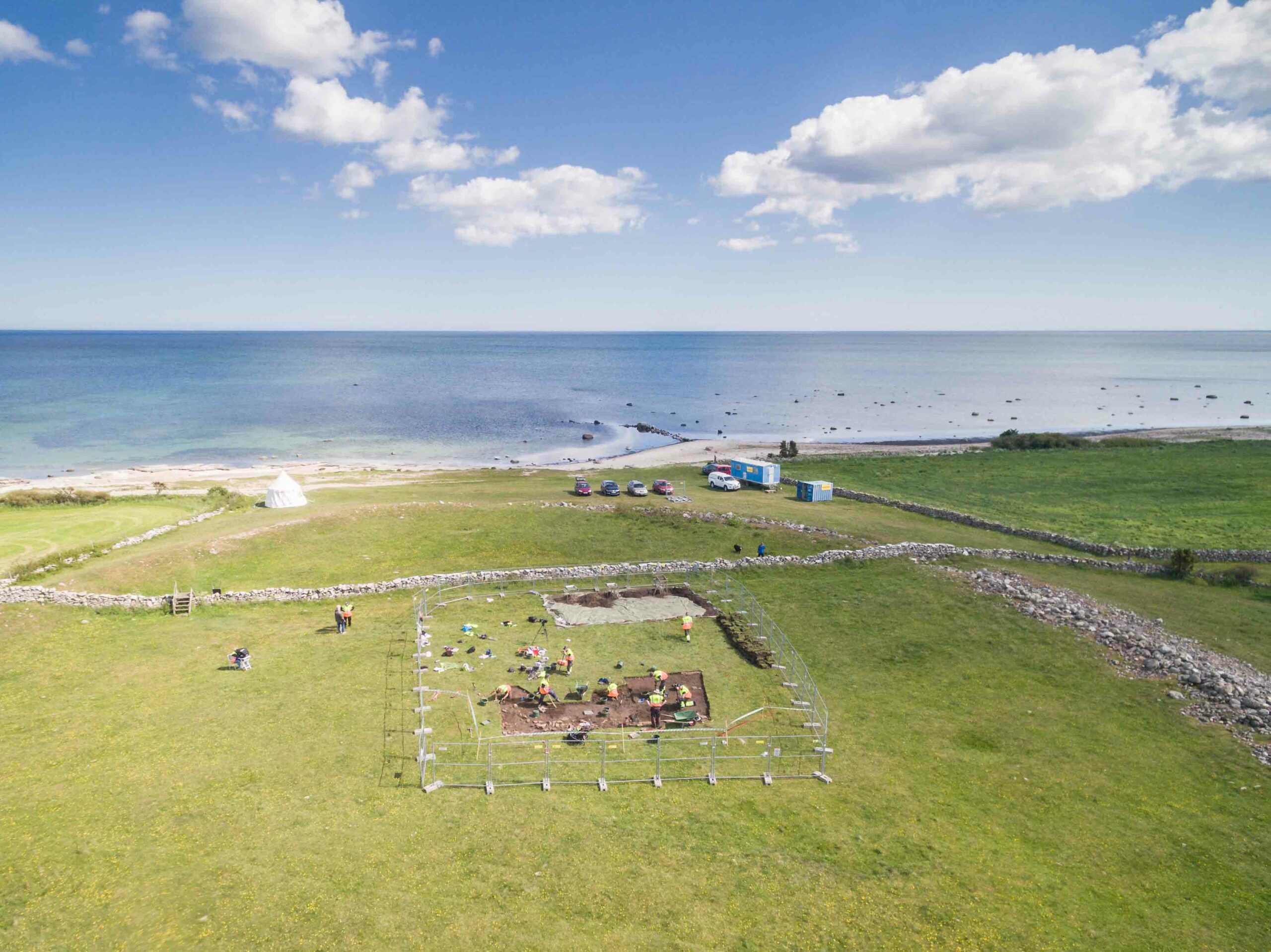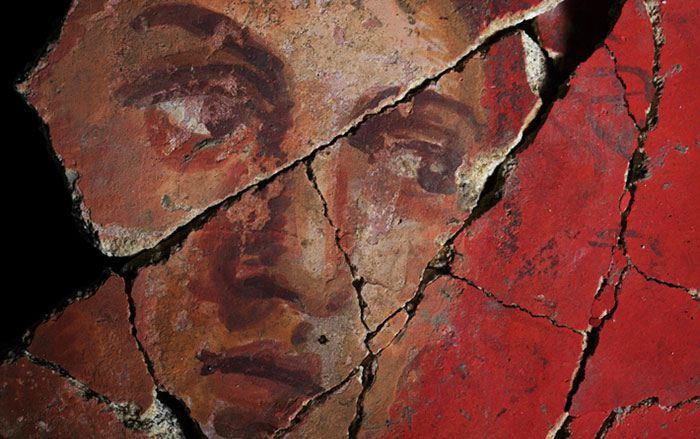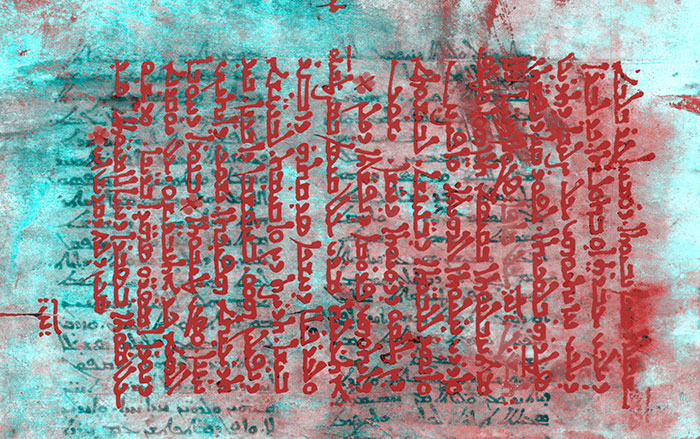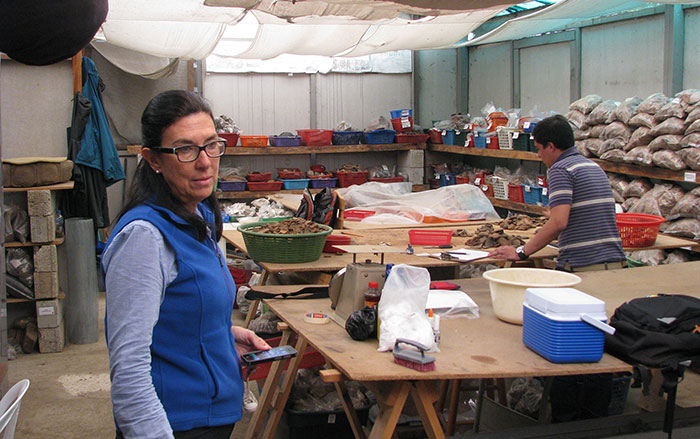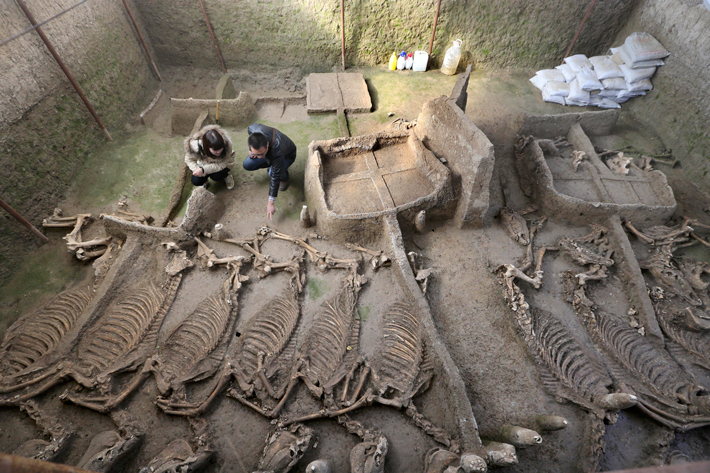
Skulls and bones from cows and rams found in a 2,500-year-old tomb—discovered in a village near Luoyang, a city in China’s Henan Province with particular historical significance as the capital of nearly a dozen dynasties—could indicate that the burial site belonged to the Luhun Rong, an ethnic minority tribe. The tribe, active during the Spring and Autumn Period (771–476 B.C.) of the Eastern Zhou Dynasty, was described in historic texts as barbarians, and was later eliminated during the ensuing Warring States Period (475–221 B.C.).
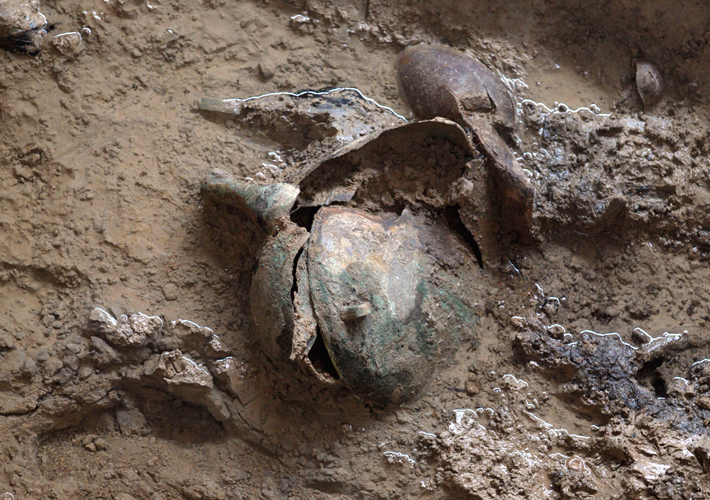
Conclusive evidence linking the tomb to this ethnic minority group would be significant, and some say further evidence could even link it to a completely unrecorded group of people. Chinese history is long and complex, and researchers are always working to fill gaps in certain regions. The artifacts inside the tomb, including a number of chariots, skeletal remains of horses, bronze bells, bronze tripod vessels used to hold food and wine during important rituals, and cowrie shells, may have come from as far away as the Indian Ocean or the South China Sea. The finds are also characteristic of burial traditions of royal or otherwise wealthy families from the Zhou as well as the later part of the Shang Dynasty (1600–1046 B.C.), archaeologists say.
“This is a great find,” Robert Murowchick, a Boston University archaeology professor, says. “But the importance of the tomb does not hinge only on the connection to the Luhun Rong. It is important because it was found in Luoyang, where not many tombs from the Eastern Zhou period have been excavated.”



